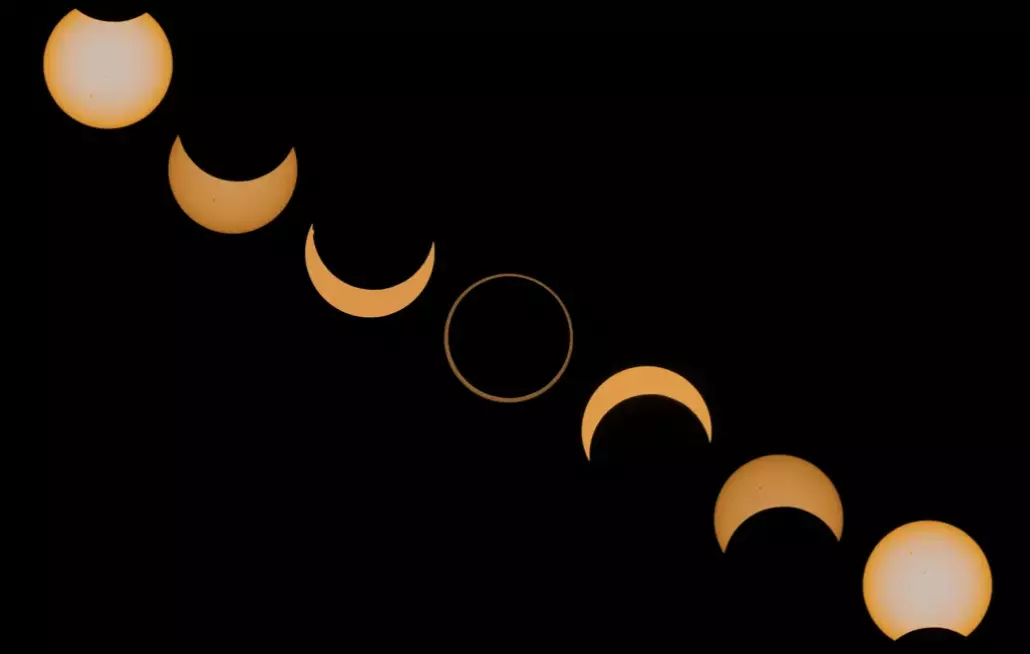Annular solar eclipse 2024: Everything you need to know
Annular solar eclipse 2024: Everything you need to know

On October 2, 2024, a spectacular "ring of fire" annular solar eclipse will grace parts of the Pacific Ocean, southern Chile, and southern Argentina. Here's everything you need to know about this celestial event.
What is an Annular Solar Eclipse?
An annular solar eclipse occurs when the moon passes between Earth and the sun while it's slightly farther from Earth than during a total solar eclipse. This distance prevents the moon from completely covering the sun, leaving a bright ring of sunlight known as the "ring of fire." During the peak of this eclipse in the Pacific, the moon will cover 93% of the sun, creating this stunning ring for 7 minutes and 25 seconds.
Where to See the Eclipse
The best views of the annular eclipse will be within a narrow path passing over the Pacific Ocean, southern Chile, and southern Argentina. Notable viewing locations include the volcanic island of Rapa Nui (Easter Island), known for its mysterious moai statues. This island, isolated 2,300 miles from the Chilean coast, last saw a total solar eclipse in 2010 and won't witness another central eclipse until 2324.
In South America, southern Patagonia in Chile and Argentina will also offer excellent views. The path of annularity here will be between 165 and 206 miles wide. Ideal spots include iconic locations like the platform at Ahu Tongariki, where 15 moai stand on a 200-foot-long ceremonial platform, and the nearby Rano Raraku.
Viewing Locations and Timings
Rapa Nui (Easter Island): Position yourself south of the moai for a perfect view of the ring of fire above these statues.
Southern Patagonia (Chile and Argentina): The wide path of annularity offers multiple viewing options across this region.
Safety Precautions
During an annular solar eclipse, it is crucial to use solar eclipse glasses designed for safe solar viewing. Never look directly at the sun without proper eye protection to avoid serious eye damage.
Why is This Eclipse Special?
This eclipse is notable for its visibility from such iconic and remote locations. The combination of the ring of fire with the backdrop of Easter Island’s moai statues creates a rare and picturesque spectacle.
Next Annular Eclipse
If you miss this one, the next annular solar eclipse will occur on June 1, 2030. However, the next total solar eclipse will be on April 8, 2024, offering a different but equally mesmerizing celestial event.
Additional Resources
For live coverage and more detailed information, visit our live blog on Space.com. We will also stream the eclipse live courtesy of TimeandDate.
So, prepare your viewing gear and mark your calendars for October 2, 2024, to witness the awe-inspiring "ring of fire" annular solar eclipse.


